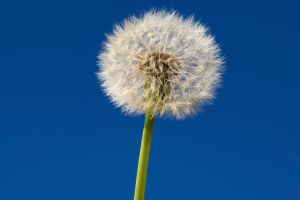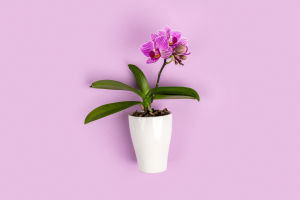Indoor plants bring life and vibrancy to any space, improving air quality and creating a calming atmosphere.
When you first bring a plant home, it may be tempting to repot it, but most indoor plants don't need this during their first year.
Allowing them to stay in their original pots gives them time to adjust without the added stress of a new environment. Here's why repotting isn't necessary for the first year, how to identify when a plant truly needs more space, and tips to keep plants thriving.
Moving plants into a new environment—your home—requires a period of adjustment. New lighting, temperature, and humidity can stress plants, impacting their health.
Keeping plants in their nursery pots allows them to gradually adapt, minimizing the risk of shock from both a new space and new potting conditions. Repotting too soon can lead to stunted growth as the plant struggles to balance the changes.
Indoor plants usually grow more slowly than outdoor ones due to controlled indoor conditions. Nursery pots are typically sized for at least a year of growth, providing ample room for root development and water absorption.
Smaller pots help regulate moisture and prevent overwatering—often a risk with larger pots that retain more water. For most plants, their original pots are ideal for the first year, ensuring a balanced growth pattern.
Advantages of Keeping Plants in Original Pots
1. Reduced Shock Risk
Plants can suffer from transplant shock when moved to new pots. Leaving them in their original pots minimizes this risk, allowing for a smoother transition to a new environment.
2. Balanced Root Development
Larger pots encourage plants to focus on root expansion, diverting energy from foliage and blooms. Keeping plants in their current pots fosters balanced growth, leading to healthier plants.
3. Better Moisture Control
Smaller pots retain water more effectively. In contrast, larger pots can lead to overwatering if not monitored closely. With plants in smaller pots, you can reduce the risk of root rot, especially for plants that prefer drier conditions.
While repotting is usually unnecessary in the first year, there are tell-tale signs that indicate when a plant might need more space:
- Roots Emerging from Drainage Holes: If roots begin to grow out of the drainage holes, it's a sign the plant may need larger pots.
- Rapid Soil Drying: If the soil dries out quickly after watering, the plant may have outgrown its current pots.
- Stunted Growth: Slow or stunted growth can signal that the plant needs more nutrients, which larger pots could provide.
Caring for Plants During Their First Year
1. Focus on Light and Water Needs
Instead of repotting, prioritize meeting the plant's specific light and water needs. Different plants require different conditions, so research your plant's preferences for optimal growth.
2. Fertilize Sparingly
Most indoor plants don't need frequent fertilizing during their first year since the nursery soil usually has sufficient nutrients. Avoid over-fertilizing, as it can cause nutrient burn.
3. Monitor for Pests
Check for pests regularly, as they can impact plant health. Inspect leaves and soil, and treat any infestations promptly.
Repotting is important for plant health but isn't necessary for most indoor plants in their first year. Allowing them to stay in their original pots minimizes stress, supports balanced root development, and helps control moisture levels.
Focus on providing appropriate light, water, and occasional fertilization instead. By observing your plants, you'll know when they're ready for repotting, setting the stage for healthy, long-term growth.


